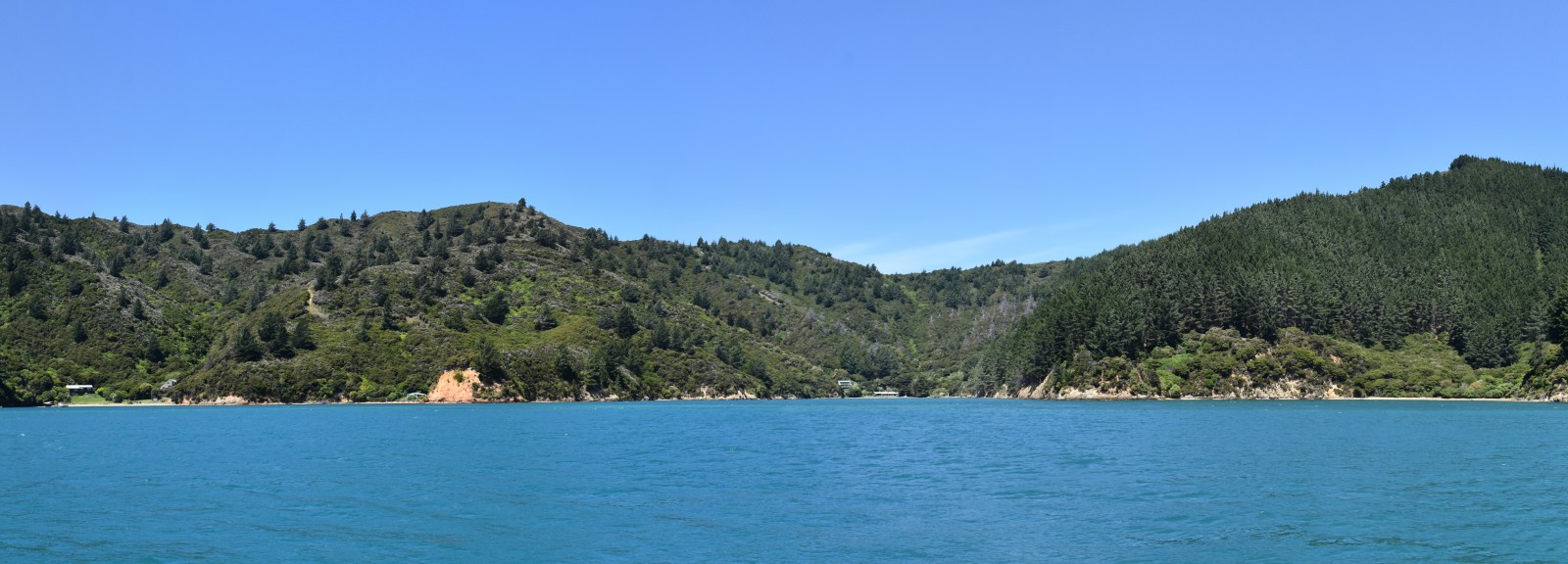Yellerton Bay is located at the north east of Te Rua Bay.
Its name is said to derive from the township of Yelverton, near Plymouth in England, the home of a member of the Kenny whaling family.1
The bay was used by Māori, to source dye from a yellow clay for weaving and carvings.2
In 1911 the bay was the site of the Perano family’s first whaling station.
The Perano family, originally emigrants from Genoa, Italy, arrived in Picton in the mid-1880s. The made a living from the sea, catching and exporting sardines to Australia. In 1904, Joe Peranao, was fishing in Cook Strait outside Komaru headland. Suddenly pair of humpback whales rose up and almost knocked the oars from his boat. Legend has it that from this time onwards Joe and his brother, Charlie, decided to hunt whales.
Joe designed and built a bomb-lance by placing gelignite in a 2.5cm diameter pipe. The pipe was darted into whale and then exploded using an electric detonator.
The brothers established a whaling station in Yellerton Bay in 1911. They situated the factory at the western end of the bay, hard up against the hill. The Peranos killed and processed six humpback whales in their first season, extracting oil with a steam driven blubber digester.
Although the Yellerton Bay station used motor launches to hunt and tow whales back to shore, the Peranos quickly realised towing the whales deep into the Tory Channel was a costly exercise. Within a year they moved their operation to Tipi Bay, located closer to the entrance of the Tory Channel.3
Yellerton Bay was also once the venue of a dog hydatids (parasite) dosing strip.4
Hydatids is a disease caused by a tapeworm that invades cattle, sheep and humans. Dogs ingest the worms in infected sheep or cattle offal, and later secrete eggs which infect other animals. The disease was probably established in New Zealand before 1873, when it became notifiable. In the late 1950s, there was a national effort to dose dogs, and by 2001 New Zealand was declared free of the disease.5
1. Nigel Prickett, "The Archaeology of New Zealand Shore Whaling" (Wellington: Department of Conservation, 2002), accessed September 12, 2018, https://www.doc.govt.nz/our-work/heritage/heritage-publications/the-archaeology-of-new-zealand-shore-whaling/ .
2. Marlborough District Council, Nelson City Council and Tasman District Council, “Te Tau Ihu Statutory Acknowledgements 2014”, accessed July 18, 2018, http://www.nelson.govt.nz/assets/Environment/Downloads/TeTauIhu-StatutoryAcknowledgements.pdf , 107.
3. Don Grady, The Perano Whalers of Cook Strait, 1911-1964 (Wellington: Reed, 1982) 22, 24, 27, 29, 73, 78.
4. Keith W J Murray and Baron Ralph Von Kohorn, New Zealand Cruising Guide: Central Area (Wellington: Steven Williams, 2006) 60.
5. Ross Galbreath, “Agricultural and horticultural research - Department of Agriculture research-Hydatids treatment”, Te Ara - the Encyclopedia of New Zealand, accessed, November 13, 2018, http://www.TeAra.govt.nz/en/photograph/19654/hydatids-treatment .




